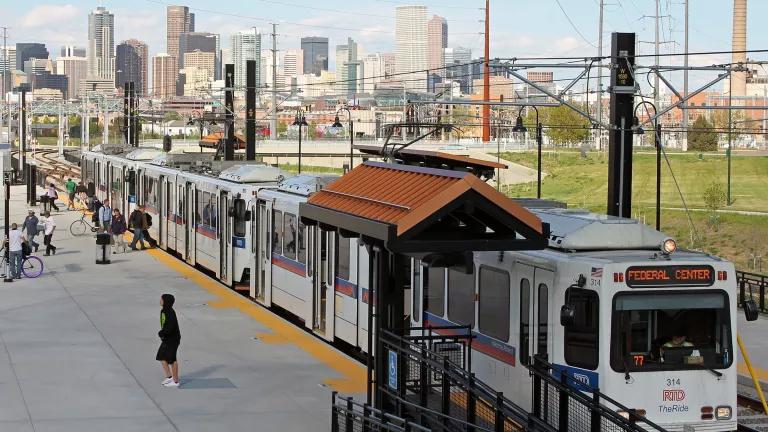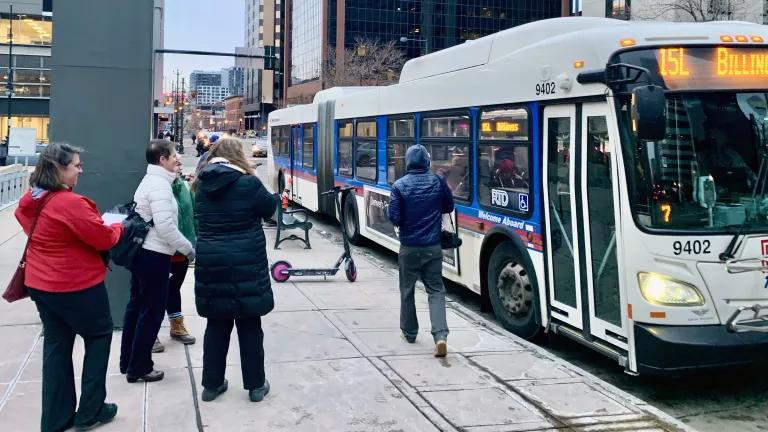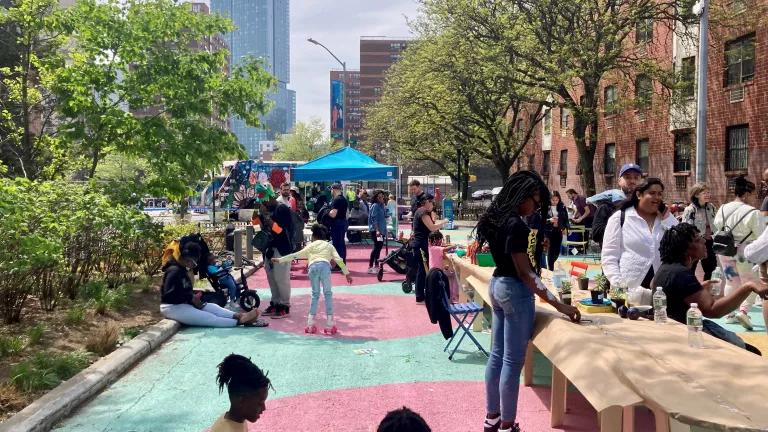The Future Is Green: Why We Need Sustainable Cities

Just as with any true love, to adore a city is to adore all of its parts. That means the iconic buildings, carefully tended streetscapes and sidewalk cafes, of course, but also the grittier side, such as an impassioned curbside conversation and honking horns. To successfully navigate city life is its own accomplishment, bestowing confidence in the young, gratitude in the middle aged, and continued relevance in the old. Meeting a city, too, offers the potential of love at first sight, and just as with people, some are straightforward and transparent in their outlook and some take their time revealing their true character. Whether a commitment or a fling, getting to know a city contributes to how we get along in the world. Cities, in fact, are touchstones in our human interactions: “Oh, do you know Detroit? How is it these days?”
But just as we would ask about a significant other who has become ill or is acting out of sorts, so should we be worried about cities as their urban immune systems are pushed to the limits. We’ve all noticed it. As more of us crowd into cities, cars are straining roads and resources, temperatures are ever more extreme, air quality is suffering, green space is shrinking, walking and biking are riskier, housing is more expensive, transit is overcrowded, and those once-diverse crowds may be becoming less so. In some cases, lives and neighborhoods are being wiped out in an instant by monster storms, flash floods and fires out of control. Our cities and the millions of people in them and surrounding them (that includes the majority of the world’s population) face challenges at the hands of many forces—but a chief concern underlying all these issues is climate change.
There is a seemingly growing voice in the United States that climate change isn’t real or that its effects aren’t knowable or seen. But, be it a blessing or a curse, when one is an environmental urbanist with a background in city planning and development, one “sees” climate change everywhere but also, thank goodness, one notices what cities are doing about it.
While it’s true that cities are at the nexus of all that climate change has wrought (urban centers account for more than 70 percent of global greenhouse gas emissions and two-thirds of the world’s energy use; if U.S. buildings were their own country, they would rank third in the world in energy use), they are also the best and most likely leaders in sustainability and resiliency. What most of their leaders and stakeholders understand is that if cities go down, we all go down, and what these metropolises are trying to do to prevent that, you’ll be glad to know, is nothing short of astounding.
Some of the time it’s a result of lessons learned. By his own admission, Superstorm Sandy humbled New York Mayor Bill de Blasio, who is working to cut the massive amounts of energy waste in Manhattan’s beloved skyscrapers to reduce the global temperature warming that’s contributing to such monster storms. And, even Houston, after watching Hurricane Harvey turn parts of the city into a real apocalyptic “Waterworld,” is rethinking its freewheeling approach to development or at least giving more green infrastructure—incorporating parks and trees, and natural water systems—a chance.
It’s also the realization that climate change prevention and adaptation—contrary to theories some have proffered—are the keys to future prosperity. Some statistics:
- From 2014 to 2016, sustainable investments grew by more than $2 trillion, totaling $8.72 trillion in early 2016—one-fifth of all managed investments;
- Solar industry jobs are growing at a rate of almost 17 times faster than the overall economy in the U.S., and there are now twice as many solar energy workers as coal industry workers in the United States;
- By FEMA's estimates, for every dollar invested in climate resiliency, we save at least $4 and energy efficiency could save the U.S. economy $327 billion a year by 2030, or 2 percent of GDP; and
- Cities are leading the way to meeting the Paris climate goals in part because climate action improves livability and vitality.
Hip cities like Austin, Texas, and Portland, Oregon, are keenly aware that going green and taking action on sustainability only adds to their cities’ appeal. Austin’s focus on renewable energy, green jobs and the environment is partly why business is flocking there.
Some have gone so far as to call this the age of New Localism—a kind of cultural antidote to the rise of populism. But our cities’ efforts to become more sustainable aren’t about politics or cultural theory. Climate change effects, including extreme storms, wildfires and drought; sea level rise and storm surge; air pollution; disruption of food supply chains and jobs; coastal erosion, etc., are a clear and present danger to our population centers—our cities. Fighting back, and adapting in ways that only cities can, will mean we can stick around to fall in love with cities and their way of life again and again.
A version of this essay is available on the UK’s Monocle publication by clicking here.



